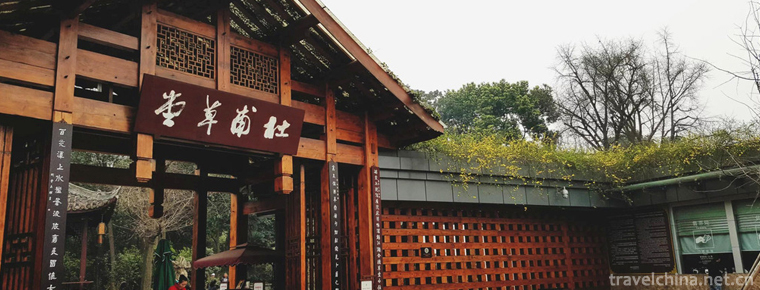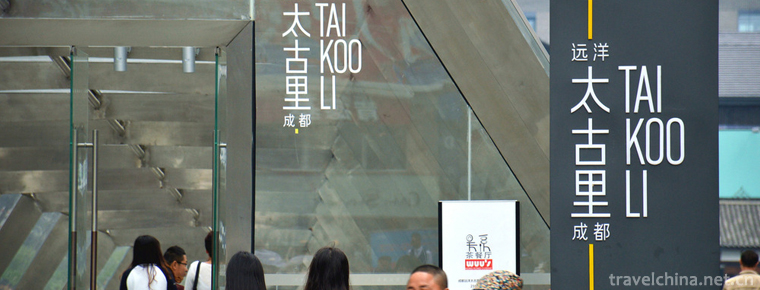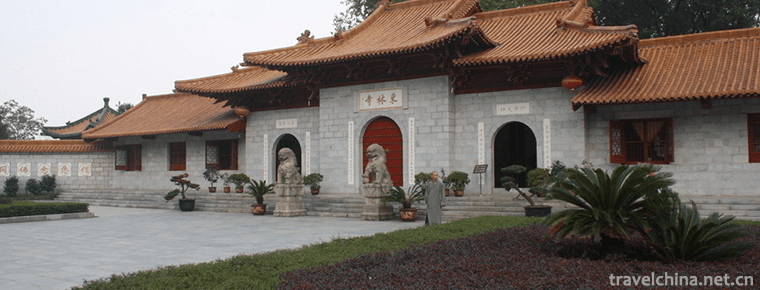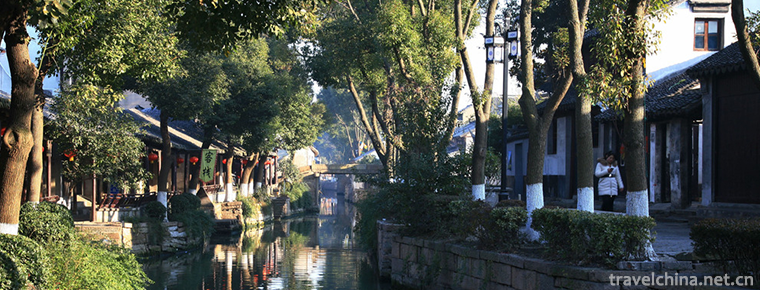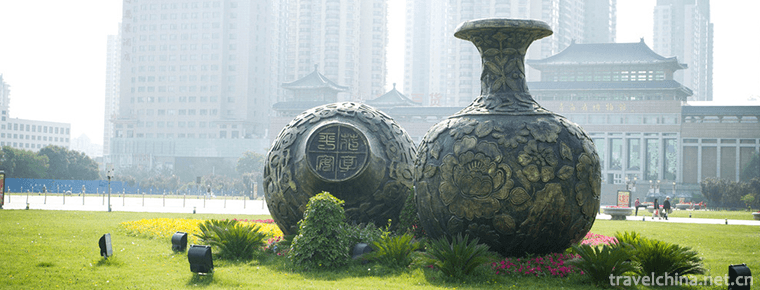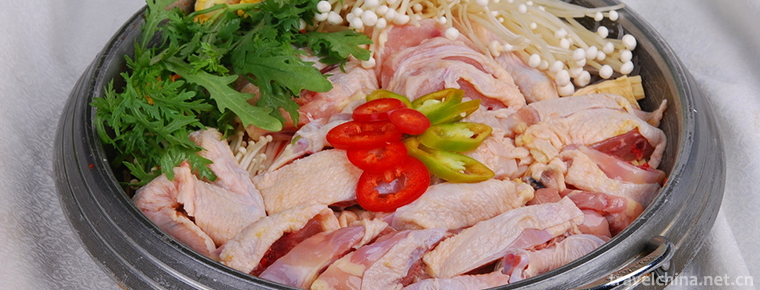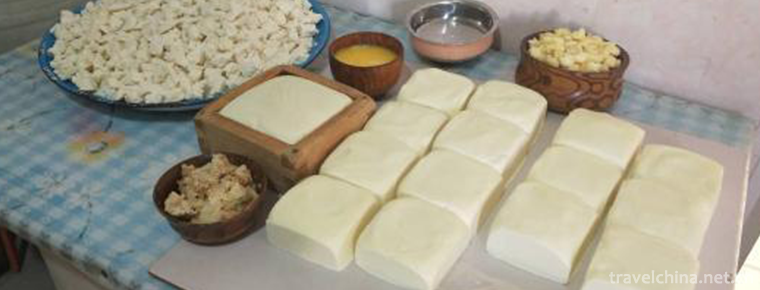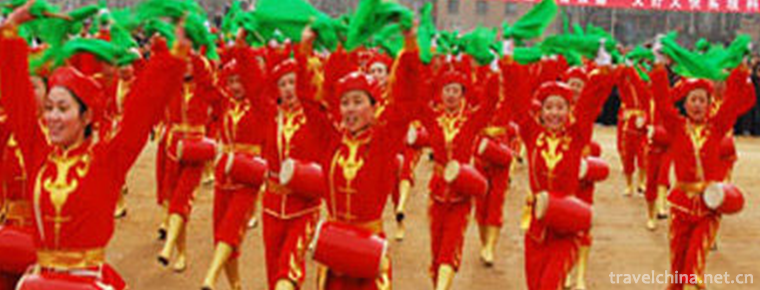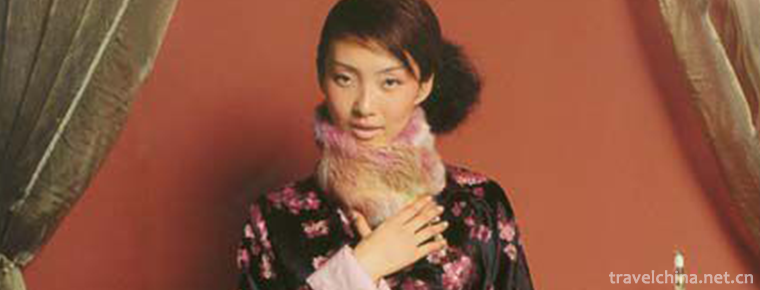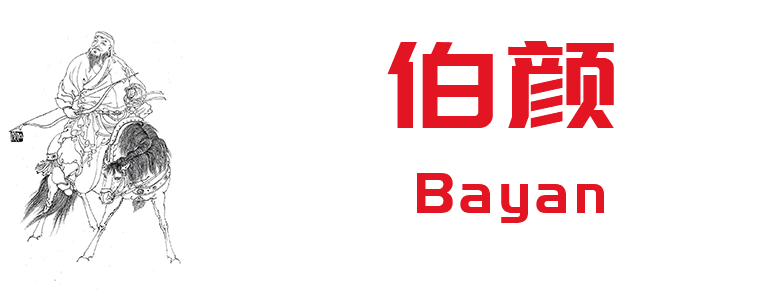Construction Skills of Russian Nationality Residences
Construction Skills of Russian Nationality Residences
Historically, Tacheng once had the reputation of "Oriental Moscow", which is by no means a historical accident. It has a close relationship with the border trade in the past 150 years. In the past one and a half centuries, due to the immigration of Russians, Russian folk houses and architectural art have also entered Xinjiang. They began to build houses in Tacheng, Ili, Urumqi and other places. According to the Russian architectural art and the reality of Xinjiang, churches, schools, houses, office buildings and other buildings have been built.
On June 7, 2008, the construction techniques of Russian folk houses were approved by the State Council and listed in the second batch of national intangible cultural heritage list.
Architectural characteristics
Tacheng, a border city located in the northwest corner of Xinjiang, is a small town full of Russian flavor. Its strong Russian flavor is not only reflected in the Russian delicacies such as Marosh ice cream, Gevas, Leba, Malina sauce, but also in the unique flavor slowly emitted by those Russian-style buildings. Cloak-style black iron roof, wooden floor, tall house, thick walls, interior furnaces, carved tables and chairs, these elements have contributed to the unique style of Russian architecture. The Russian-style buildings, such as the Red Tower, the Double Tower and the Fourth Middle School Teaching Building, have become the landmark buildings of Tacheng.
According to Guo Xiangfei, director of Tacheng intangible cultural heritage protection research center, at the beginning of liberation, Tacheng had nearly 300 Russian-style dwellings and public facilities, only 10 of which were built between the end of the 19th century and the founding of New China. The rest were built in the 1950s and 1960s. In Northeast Harbin, although there are many Russian-style buildings, most of them were official buildings of the year, and there are few folk houses. Few people in the area would like to build skills here.
Protecting and inheriting the skills of Russian dwelling construction is of great significance to the study of Russian culture, history, architectural art and folklore in Xinjiang, China. Tacheng is going to renovate two hundred-year Russian-style dwellings in accordance with the principle of "repairing the old as the old". The layout will be restored. The old furnaces, floors and furniture will be used to decorate the courtyard with gardens and swings. This will be a live demonstration of Russian-style families.
Historical evolution
The existing 10 Russian-style buildings in Tacheng are only a microcosm of the past. Many of them were seriously damaged during the "Cultural Revolution". The original churches and some schools and houses were demolished. The decorations of many buildings were destroyed. A few of them were preserved. Due to financial problems, they were not repaired and protected, and were shaking into dangerous houses. Due to the need of urban modernization, the number of old-fashioned Russian buildings is decreasing year by year, and the number of people who know the skills of building Russian dwellings is getting smaller and smaller. There are few people who really know the skills of building Russian dwellings. Some craftsmen are getting older and younger, so the skill of building Russian folk houses is facing loss.
Only more than a dozen people in Tacheng know how to build Russian houses. They are basically over 60 years old. In addition to Zhang Huaisheng, there is also an inheritor at the autonomous region level, who is a bricklayer. There are objective reasons why young people are unwilling to learn this skill. Guo Xiangfei said that the Russian residential building skills can no longer become a means of livelihood, so we do not advocate that learners regard it as a career, but as an art to love and pass it on.
Tacheng intangible cultural heritage protection research center now organizes one or two interest groups for young people to learn from their successors once or twice a month, and those who show outstanding performance will be rewarded. It also encourages future generations of existing non-hereditary heirs to learn as a family responsibility.
Zhang Huaisheng is gratified by these practices. In his view, if Russian woodworking technology is not used as a means of livelihood, young people will love it, just as he turned from unwillingness to obsession.
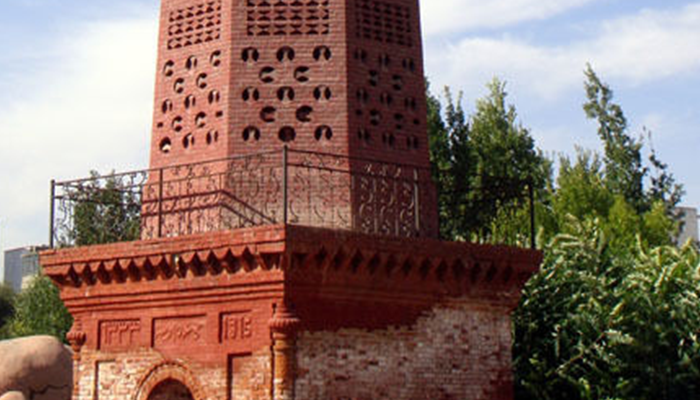
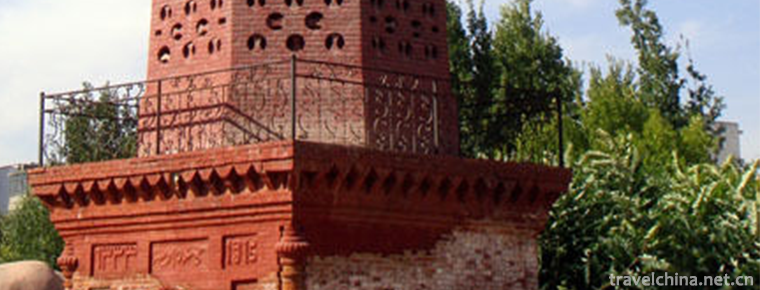
Construction Skills of Russian Nationality Residences
-
Du Fu Cottage
No. 37 Qinghua Road, Qingyang District, Chengdu, Sichuan, China
Views: 241 Time 2018-10-01 -
Donglin Temple
Donglin Temple, located at the foot of Lushan Mountain, Jiujiang City, Jiangxi Province, is 16 kilometers north of Jiujiang City and 50 kilometers east of Lushan Luling Street. Because it is east of X
Views: 162 Time 2018-12-20 -
Luzhi Ancient town
Yongzhi Ancient Town belongs to Wuzhong District of Suzhou City. It is located in the east of Suzhou City. It is 18 kilometers west of Suzhou City and 58 kilometers east of Shanghai.
Views: 126 Time 2019-02-06 -
Qinghai Provincial Museum
Qinghai Museum is located in the east of Xining Square in the west of Xining City. It is the first large-scale comprehensive museum with modern functions in Qinghai
Views: 237 Time 2019-02-07 -
Ginseng Chicken Hotpot
Wash ginseng, boil it in a little water, take out slices, and cook it in the original pot for 15 minutes. Still soak it in the original soup. All the above ingredients except hen nuggets and ginseng s
Views: 260 Time 2019-03-24 -
Naxi Remei Biao
"Remei Biao" is also known as "Wo Yo Ye", which is a collective folk custom that has been spreading for thousands of years. There are more than ten people at least and hundreds of
Views: 219 Time 2019-06-07 -
Dairy Products Production Techniques
Mongolian phonetic translation. Mongolian drinks. Also known as "white food", that is, dairy products. Milk, mare's milk, goat's milk, camel's milk, cream of milk skin, cheese, dried milk, s
Views: 154 Time 2019-06-07 -
Yicheng Flower Drum
Yicheng Huagu, according to historical records, existed during the Zhenguan period of the Tang Dynasty, reached its peak in the Ming Dynasty, and only in the Qing Dynasty did this activity have a clea
Views: 214 Time 2019-07-13 -
Chinese Fashion Making Skills
Chinese style clothing (dragon and Phoenix cheongsam) originated from the late Qing and Qianlong dynasties, and is the inheritor of the Shanghai style cheongsam. Hengsheng's suit, which originated in
Views: 192 Time 2019-08-03 -
Bo Yan
Bo Yan (1236 - January 11, 1295), eight neighbouring people in Mongolia. Yuan Dynasty Famous ministers in early years
Views: 242 Time 2019-09-14 -
Meishan City logo
Meishan City logo is composed of ancient Chinese tile pattern and Dongpo head portrait, which shows a feeling of ancient historical traces and reflects the ancient culture of Meishan. From the design to the font are used a simple style, using the combinatio
Views: 336 Time 2020-12-18
